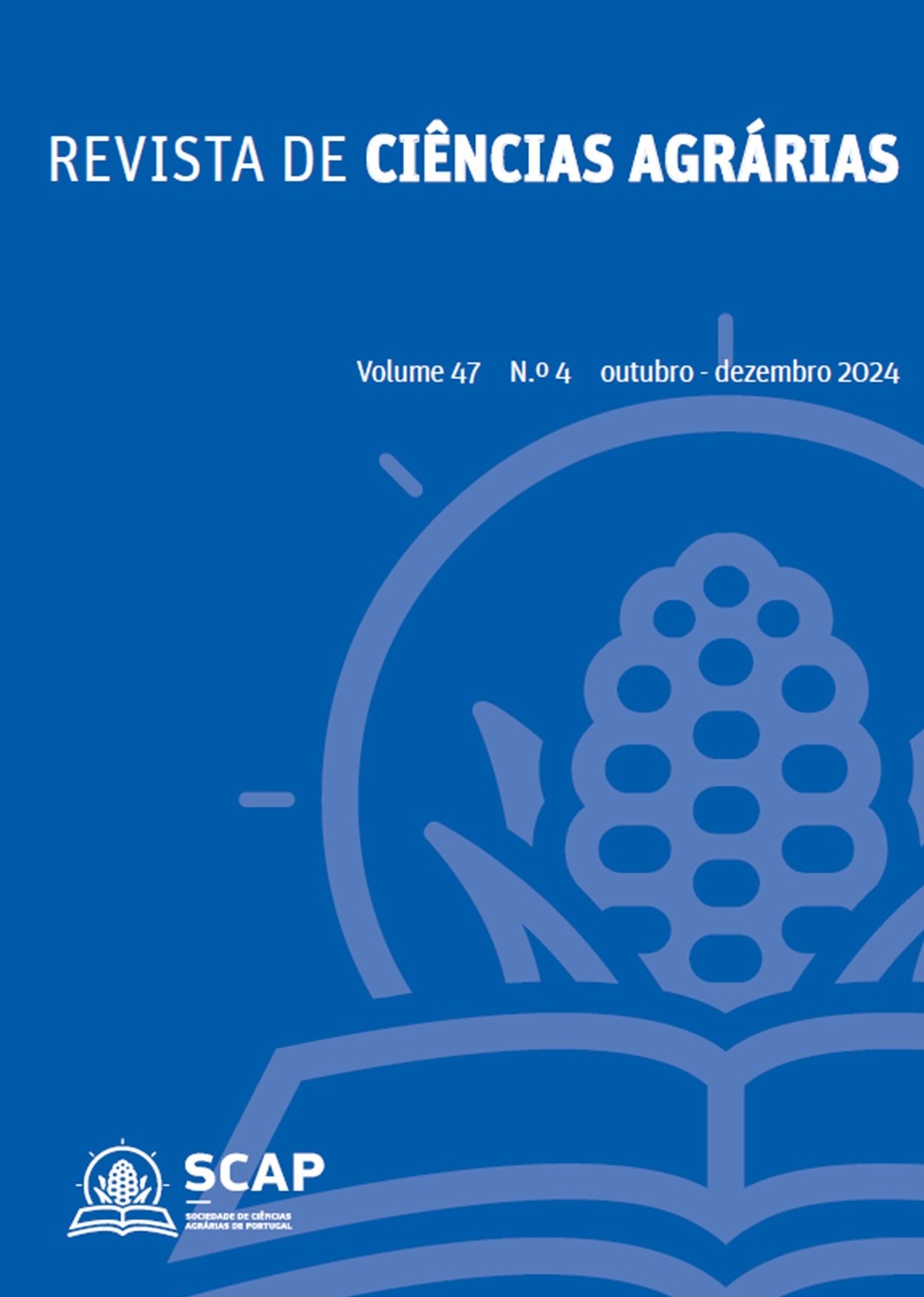Limitações da Metodologia do IPCC para Avaliação do Carbono no Solo: Aplicação em áreas com mudança do uso do solo
DOI:
https://doi.org/10.19084/rca.38556Resumen
Considerando a problemática das áreas ardidas em Portugal e a crescente preocupação com a descarbonização da Europa, a mudança do uso do solo (MUS) em certas regiões do país torna-se uma estratégia para alcançar o objetivo de zero emissões. A MUS pode resultar em aumento ou diminuição do estoque de Carbono Orgânico do Solo (COS), sendo a quantificação desse elemento crucial para antecipar os possíveis cenários futuros nessas áreas. A metodologia recomendada pelo Painel Intergovernamental sobre Mudanças Climáticas (IPCC), pode gerar interpretações equivocadas. Assim, neste estudo, pretendeu-se desmistificá-la, aplicando-a em uma área de estudo mediterrânica com mudanças no uso do solo, com o auxílio do software QGIS. Foram utilizados dados de referência de COS para cada classe de uso do solo, correspondentes ao Nível 1 da metodologia (dados nacionais), extraídos do Inventário Nacional de Emissões de Gases do Efeito Estufa de Portugal de 2021 (NIR-PT). Os resultados indicaram um aumento no estoque de COS para a área, com um acréscimo médio de 1 t/ha.ano, quando a MUS passa de matos a floresta de folhosas. A metodologia a nível 1, embora estime grosseiramente os valores de COS, é útil quando não existem dados locais ou regionais.


